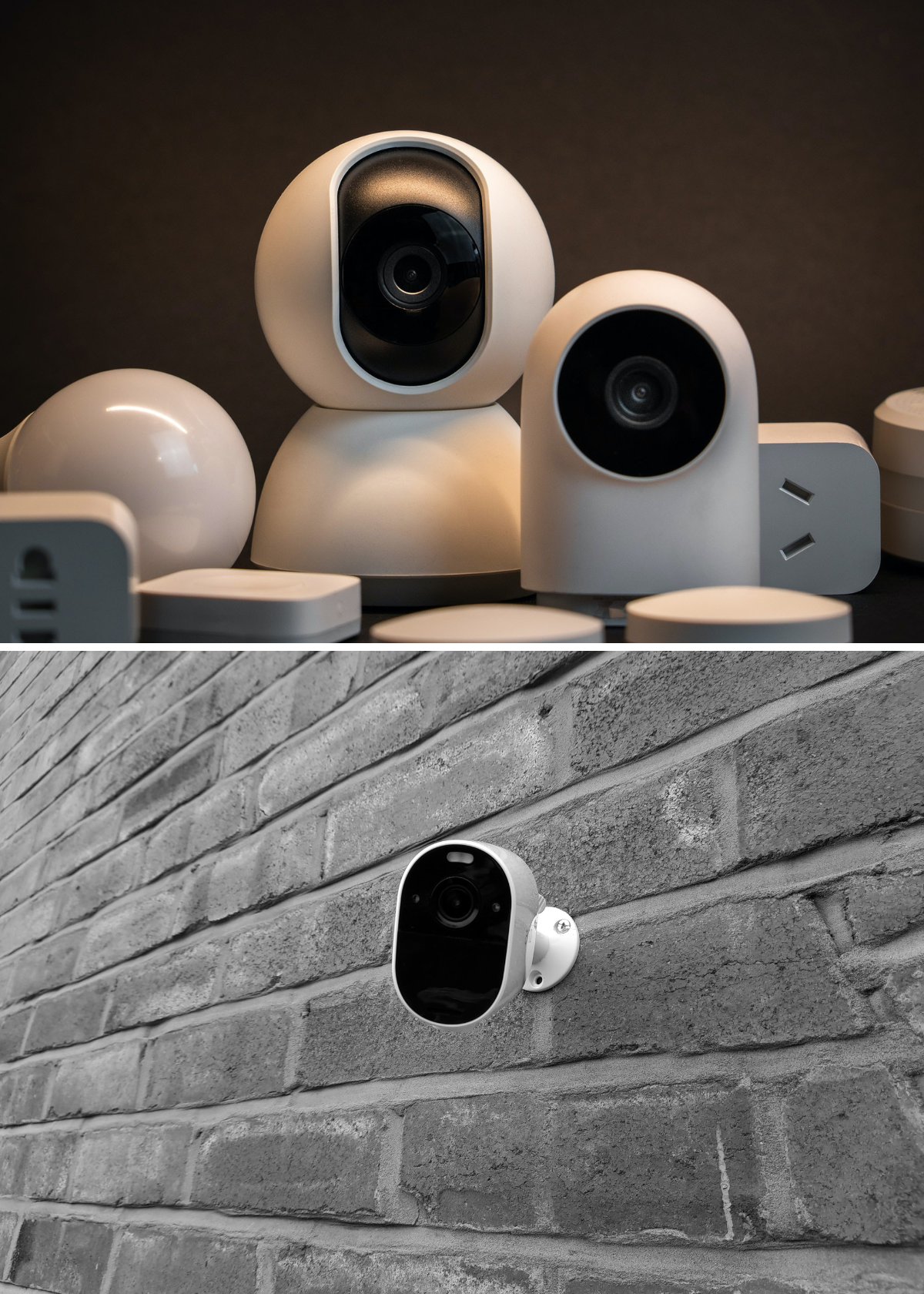In the era of the Internet of Things (IoT), technology has become increasingly integrated into our daily lives. One of the most prominent innovations is the advent of HD IoT cameras, which have revolutionized the way we monitor our surroundings and ensure security.
These cameras offer high-resolution imagery, remote access, and various intelligent features that make them an indispensable tool for home and business surveillance.
However, the growing concern over privacy and data security has raised the question: Can websites watch you through your camera? In this article, we will delve into the workings of HD IoT cameras, explore the potential privacy risks they pose, and discuss ways to safeguard against unauthorized access.
The Rise of HD IoT Cameras
HD IoT cameras, also known as smart cameras or IP cameras, are part of the larger ecosystem of the Internet of Things. They are connected to the internet and can transmit data over Wi-Fi or Ethernet networks.
These cameras come equipped with sensors and advanced optics, enabling them to capture high-definition video footage and images, even in low-light conditions.
The convenience of accessing real-time feeds from anywhere through mobile apps or web browsers has made HD IoT cameras increasingly popular for home security, baby monitoring, pet surveillance, and business monitoring applications.
Features and Capabilities
- High-resolution Imaging: HD IoT cameras boast resolutions ranging from 720p to 4K, delivering sharp and detailed images that aid in the identification of subjects and events.
- Remote Access: Through dedicated mobile applications or web portals, users can monitor their cameras remotely, ensuring peace of mind even when they are away from their premises.
- Motion Detection and Alerts: Advanced models come with motion detection capabilities, triggering alerts when unexpected movements are detected. This feature is particularly useful for home intrusion detection.
- Two-Way Audio: Many HD IoT cameras include built-in microphones and speakers, allowing users to communicate with individuals in the camera's field of view. This feature enhances interactivity and can be helpful for remotely interacting with pets or family members.
- Cloud Storage and Video Recording: To ensure data redundancy and accessibility, many HD IoT cameras offer cloud storage options, allowing users to save video footage and images securely in the cloud.
Potential Privacy Risks
As convenient and valuable as HD IoT cameras are, they do come with certain privacy risks that users should be aware of:
- Unauthorized Access: One of the primary concerns is the possibility of unauthorized individuals gaining access to the camera's live feeds or stored data. This could occur due to weak passwords, outdated firmware, or software vulnerabilities.
- Manufacturer Data Collection: Some camera manufacturers may collect user data for various purposes, including product improvement and marketing. While this is typically disclosed in privacy policies, users should exercise caution and review the terms before granting consent.
- Third-party Vulnerabilities: If the camera's mobile app or web interface relies on third-party services, a vulnerability in these services could potentially lead to unauthorized access to camera feeds or data.
- Hacking and Malware: Like any IoT device connected to the internet, HD IoT cameras are susceptible to hacking attempts and malware infections if not properly secured.
- Physical Privacy Concerns: Depending on the camera's location, it may inadvertently capture private moments or activities, raising ethical considerations about privacy.
Can Websites Watch You Through Your Camera?
The concern about websites watching users through their cameras stems from the fear of malicious actors exploiting vulnerabilities to gain unauthorized access.
The short answer to the question is that it is technically possible, but the likelihood is relatively low if proper security measures are in place.
To clarify, websites alone cannot directly access your camera without your permission. Modern web browsers have strict security measures in place, such as requiring user consent before allowing a website to access the camera or other sensitive hardware components.
When a website requests access to your camera, the browser will prompt you for permission, and you can choose to grant or deny it.
However, potential risks exist in scenarios where:
- Users grant camera access unknowingly or inadvertently: Social engineering tactics or deceptive websites could trick users into granting camera access without realizing the implications.
- Exploitation of browser vulnerabilities: If a web browser has an unpatched security flaw, it may be possible for attackers to bypass permissions and gain unauthorized access to hardware devices, including cameras.
- Malware: If a user's computer or mobile device is infected with malware, it may attempt to hijack camera access without user consent.
- Compromised IoT Camera: If an HD IoT camera itself is compromised due to weak security measures, it could be accessed and controlled by unauthorized entities.
Protecting Against Unauthorized Camera Access
To safeguard against potential risks and unauthorized access to your HD IoT camera, follow these best practices:
- Update Firmware: Regularly update your camera's firmware to ensure that it has the latest security patches and enhancements.
- Strong Passwords: Set strong, unique passwords for your cameras and avoid using default credentials.
- Enable Two-Factor Authentication (2FA): Whenever possible, enable 2FA on your camera accounts for an extra layer of security.
- Secure Wi-Fi Network: Ensure your Wi-Fi network is encrypted with WPA2 or WPA3 and uses a strong password.
- Regularly Review Camera Logs: Monitor your camera's logs for any suspicious activity.
- Use Trusted Apps: Only download and use official and reputable mobile apps and software provided by the camera manufacturer.
- Regular Security Audits: Conduct regular security audits of your camera's settings and permissions.
- Cover the Camera: When not in use, consider physically covering the camera lens to prevent unintended access.
Conclusion:
HD IoT cameras offer tremendous benefits in terms of security and monitoring, allowing users to keep a watchful eye on their homes and businesses from anywhere in the world.
While concerns about privacy and potential unauthorized access exist, with proper security measures and vigilance, users can mitigate these risks effectively. Remember to keep your camera's firmware up-to-date, use strong passwords, enable two-factor authentication, and review the privacy settings of your devices regularly.
By doing so, you can harness the full potential of HD IoT cameras while maintaining your privacy and peace of mind in the digital age.
Tap the GREEN Button Below the see the Best HD OIT Camera!








